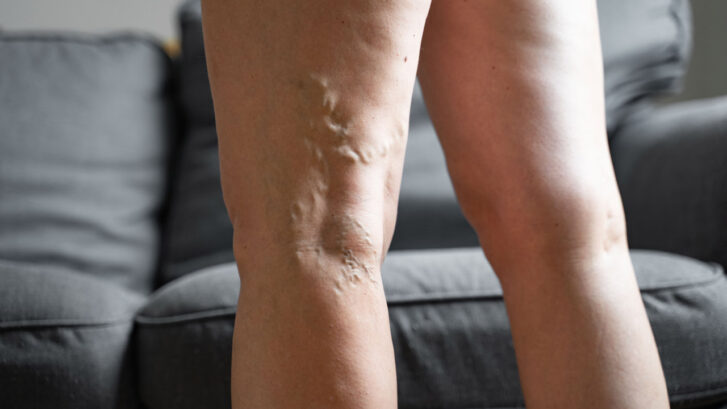Are you experiencing swelling, pain, or discomfort in your legs? It could be a sign of Chronic Venous Insufficiency (CVI), a common condition that affects millions of people worldwide. Understanding the causes, symptoms, and treatment options for CVI is essential for managing the condition effectively and improving your quality of life.
What is Chronic Venous Insufficiency (CVI)?
Chronic Venous Insufficiency occurs when the veins in the legs fail to efficiently return blood to the heart, leading to poor circulation and a buildup of blood in the veins. This can result from weakened or damaged vein valves, which normally prevent blood from flowing backward.
Causes of CVI
CVI can be caused by various factors, including:
- Vein Valve Dysfunction: When the valves in the veins become weak or damaged, blood can flow backward and pool in the legs.
- Deep Vein Thrombosis (DVT): Blood clots in the deep veins of the legs can obstruct blood flow and lead to CVI.
- Varicose Veins: Enlarged and twisted veins can impair blood circulation and contribute to CVI.
- Prolonged Standing or Sitting: Jobs or activities that require long periods of standing or sitting can increase the risk of CVI.
Symptoms of CVI
Common symptoms of Chronic Venous Insufficiency include:
- Leg pain or aching
- Swelling in the legs or ankles
- Heavy or tired legs
- Itching or tingling sensations
- Skin discoloration or changes
- Varicose veins
- Leg ulcers or sores
Treatment Options for CVI
Treatment for Chronic Venous Insufficiency aims to improve blood flow, alleviate symptoms, and prevent complications. Treatment options may include:
- Compression Therapy: Wearing compression stockings or wraps helps promote blood flow and reduce swelling in the legs.
- Lifestyle Changes: Elevating the legs, exercising regularly, and avoiding prolonged periods of sitting or standing can help manage CVI symptoms.
- Medications: Over-the-counter or prescription medications may be prescribed to relieve pain, reduce inflammation, or prevent blood clots.
- Minimally Invasive Procedures: In some cases, minimally invasive procedures such as vein ablation or sclerotherapy may be recommended to treat underlying vein issues.
Chronic Venous Insufficiency can significantly impact your quality of life, but with the right management strategies and guidance from Dr. Ravul Jindal, you can find relief and improve your leg health. If you’re experiencing symptoms of CVI, don’t hesitate to seek professional evaluation and personalized treatment options. Your legs will thank you for it!


